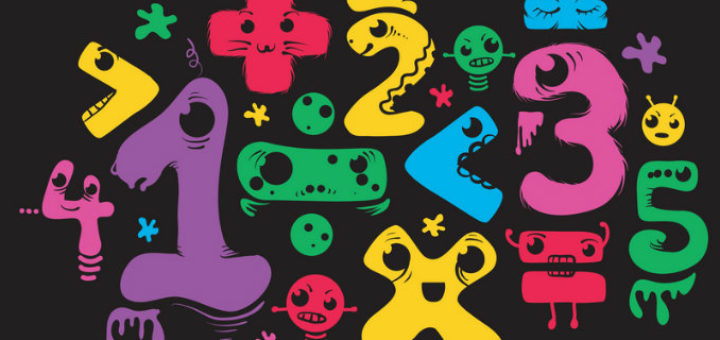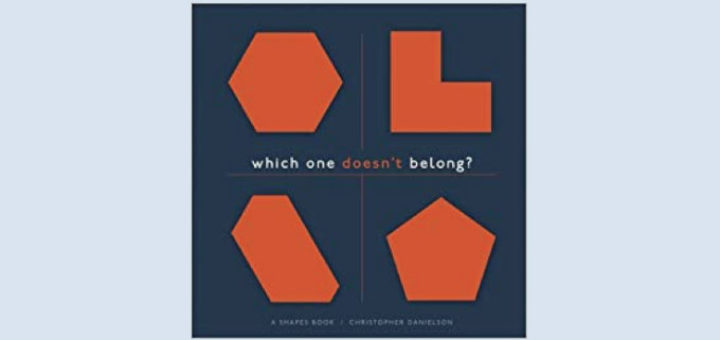How Open-Ended Math Problems Keep on Giving
Imagine an open-ended math task that gets students asking questions as well as answering them. Jerry Burkhart shows how a problem like this can help teachers differentiate instruction for advanced students while stimulating curiosity and perseverance for all learners.





















